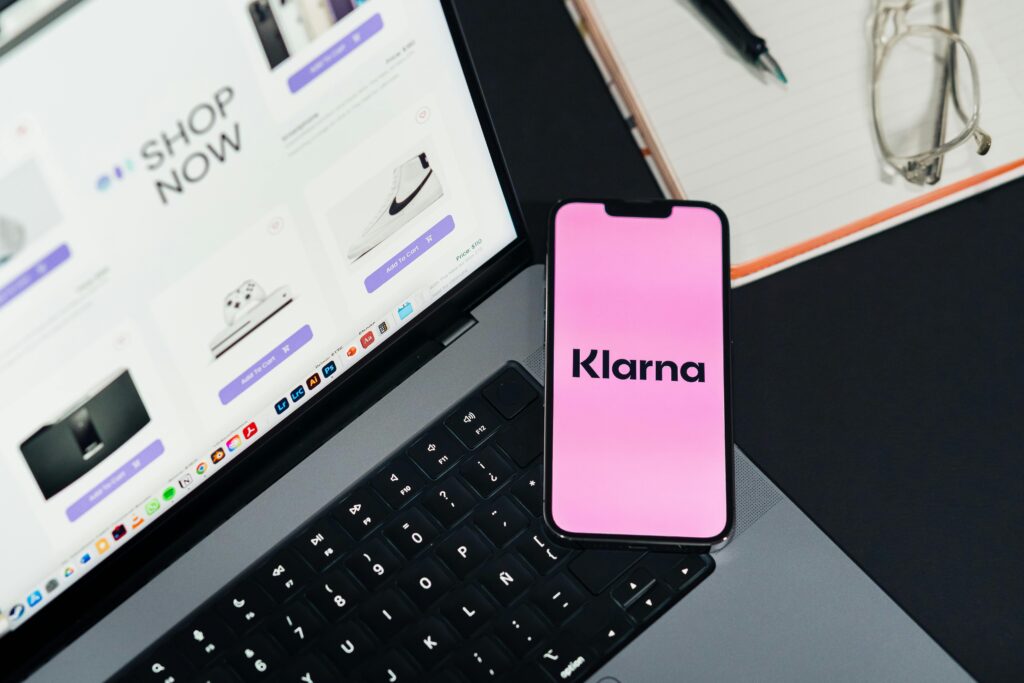How to get as good at personalisation as Netflix
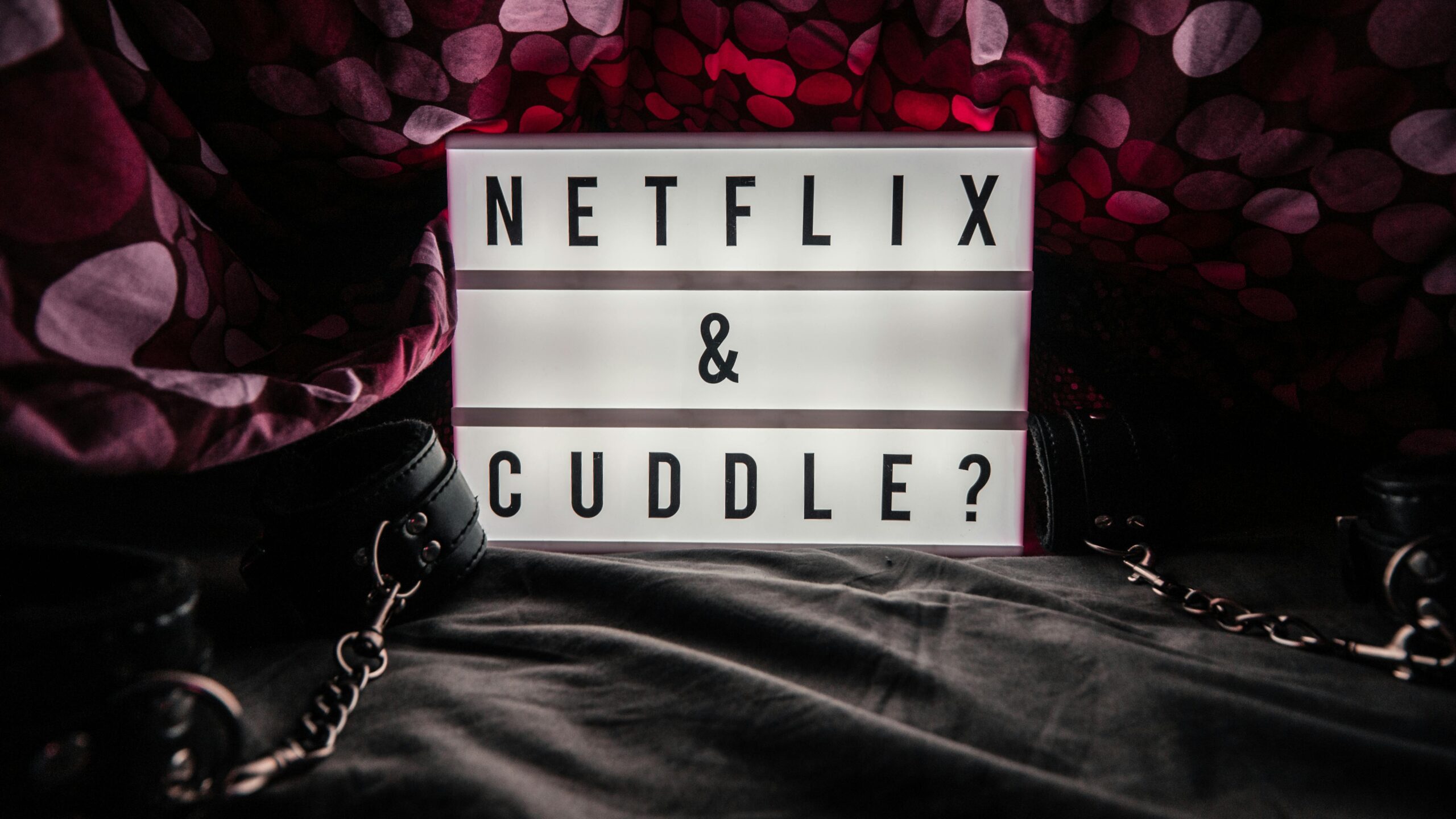
Author
Tim Axon
Published
Personalisation will never outgrow its buzzword status.
In today’s hypercompetitive digital ecosystem, it’s not just a conversion booster, it’s a foundational expectation.
And no one personalises at scale quite like Netflix.
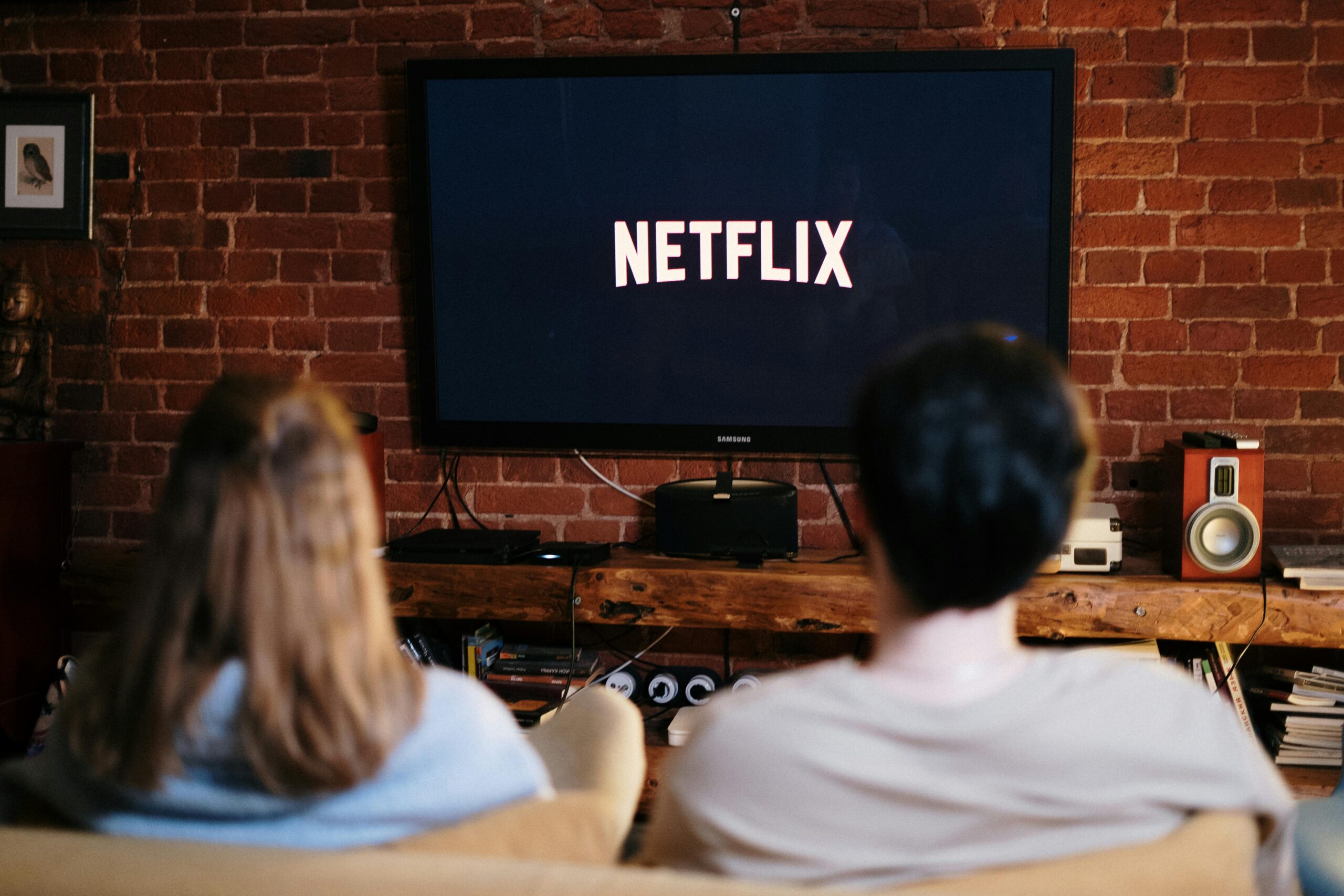
What makes Netflix different isn’t just that it personalises, but how deeply it embeds personalisation into every interaction.
From homepage layouts to artwork thumbnails to the order in which rows appear, everything is tailored. And crucially, it’s all driven by experimentation.
For brands looking to move beyond static segmentation to real-time individualisation, Netflix offers a blueprint worth studying – not for imitation, but for adaptation.

Optimise Like Netflix: Behaviour Over Demographics
Most personalisation strategies still rely on surface-level signals: location, device, traffic source. Netflix goes deeper, using behavioural signals like watch history, pause points, and browsing patterns to predict what users want next. They have deprioritised demographic targeting, having found it less predictive than actual user behaviour.
This is a mindset shift.
It requires robust data architecture, consistent event tagging, and the ability to activate behavioural data in-session. It also requires rethinking what counts as “relevant”.
Personalisation isn’t about showing what’s similar; it’s about anticipating what’s next.

Test Like Netflix: Every Experience is a Hypothesis
Netflix doesn’t ship personalisation features, they test them, iteratively and continuously.
From UI layout to the recommendation engine itself, everything is subjected to controlled experimentation. This reflects a move from surface-level optimisation to full-scale product innovation driven by data.
The takeaway isn’t just “run more tests”, Instead, operationalising experimentation as a core capability is what makes the difference. That means investing in infrastructure (feature flagging, holdout groups, real-time attribution), building clean data models, and giving product, data, and UX teams shared access to insights.
Critically, they don’t only test outcomes like clicks, they test satisfaction, retention, and long-term value. This is something that many brands still need to consider.
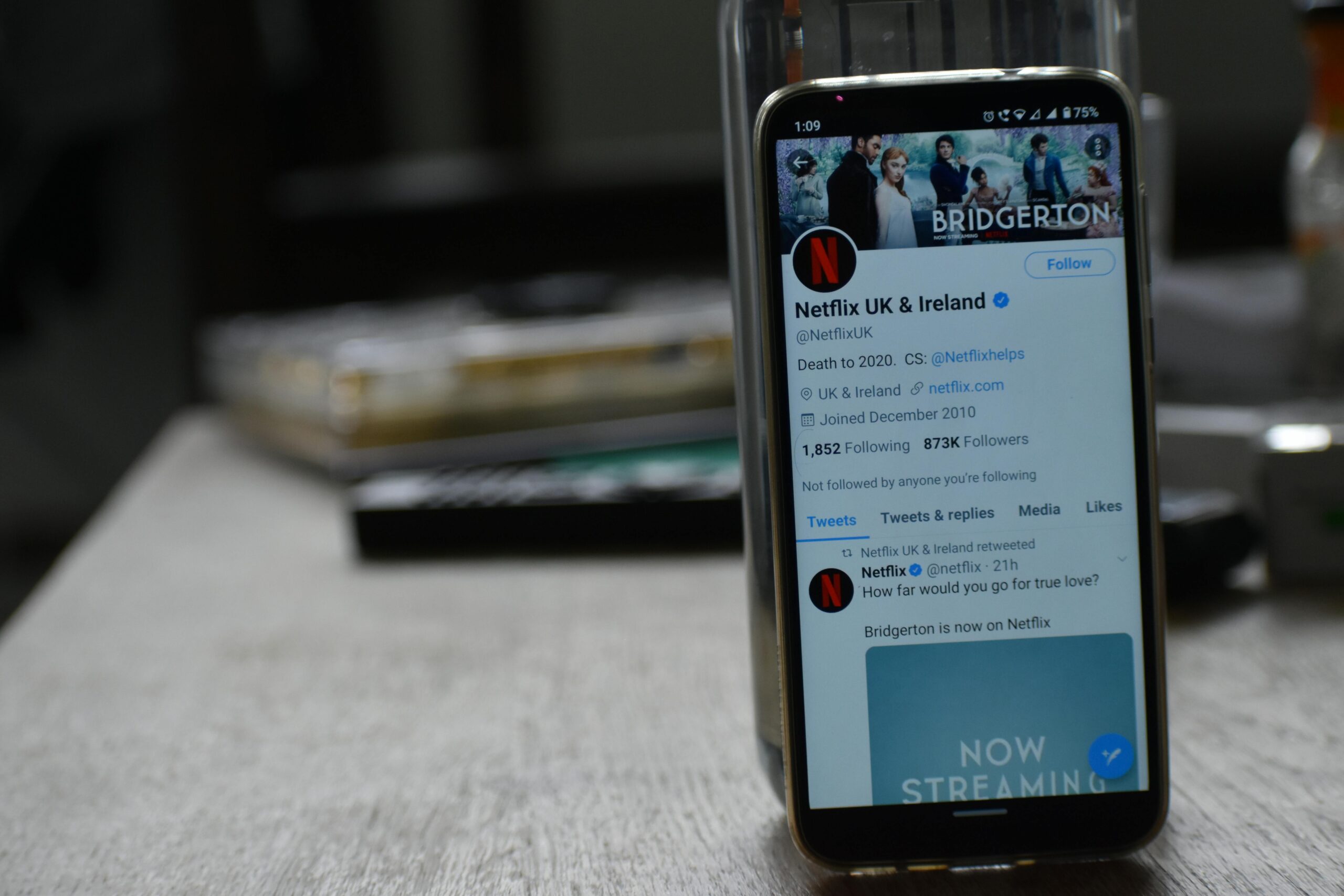
Operate Like Netflix: Personalisation as an Operating System
Netflix doesn’t treat personalisation as a feature, rather it’s part of their organisational DNA. Data science, UX, product, and engineering all align around a shared goal: keeping users engaged. Personalisation is continuous, contextual, and embedded across platforms and touchpoints.
For brands, this means moving from campaign-based thinking to programmatic personalisation. Try integrating testing with targeting, targeting with content, and content with outcome metrics. And it means developing feedback loops that let the system learn and improve over time, automatically, not just manually.
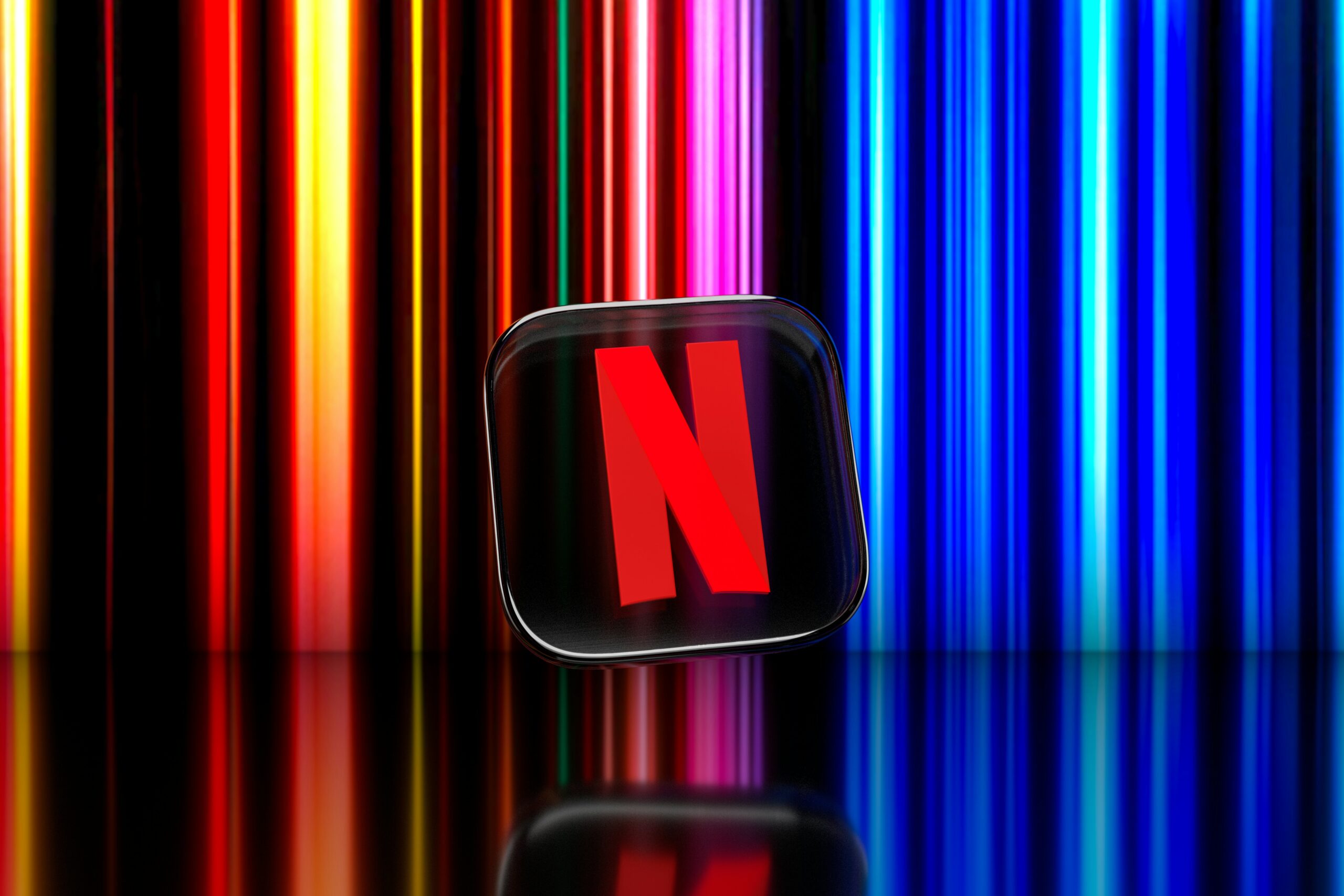
Netflix didn’t win by having the most content. It won by making discovery effortless. That’s the opportunity: to create digital experiences that feel personal, not personalised. To show users what they didn’t know they wanted—but now can’t ignore.
As a result, the brands that win at personalisation will be those that embed it not just in their tech stack, but in their culture. That think beyond segments and start optimising for signals. That treat personalisation not as a tactic, but as a product in its own right.
so, personalise invisibly, test relentlessly, and optimise at the edge.










